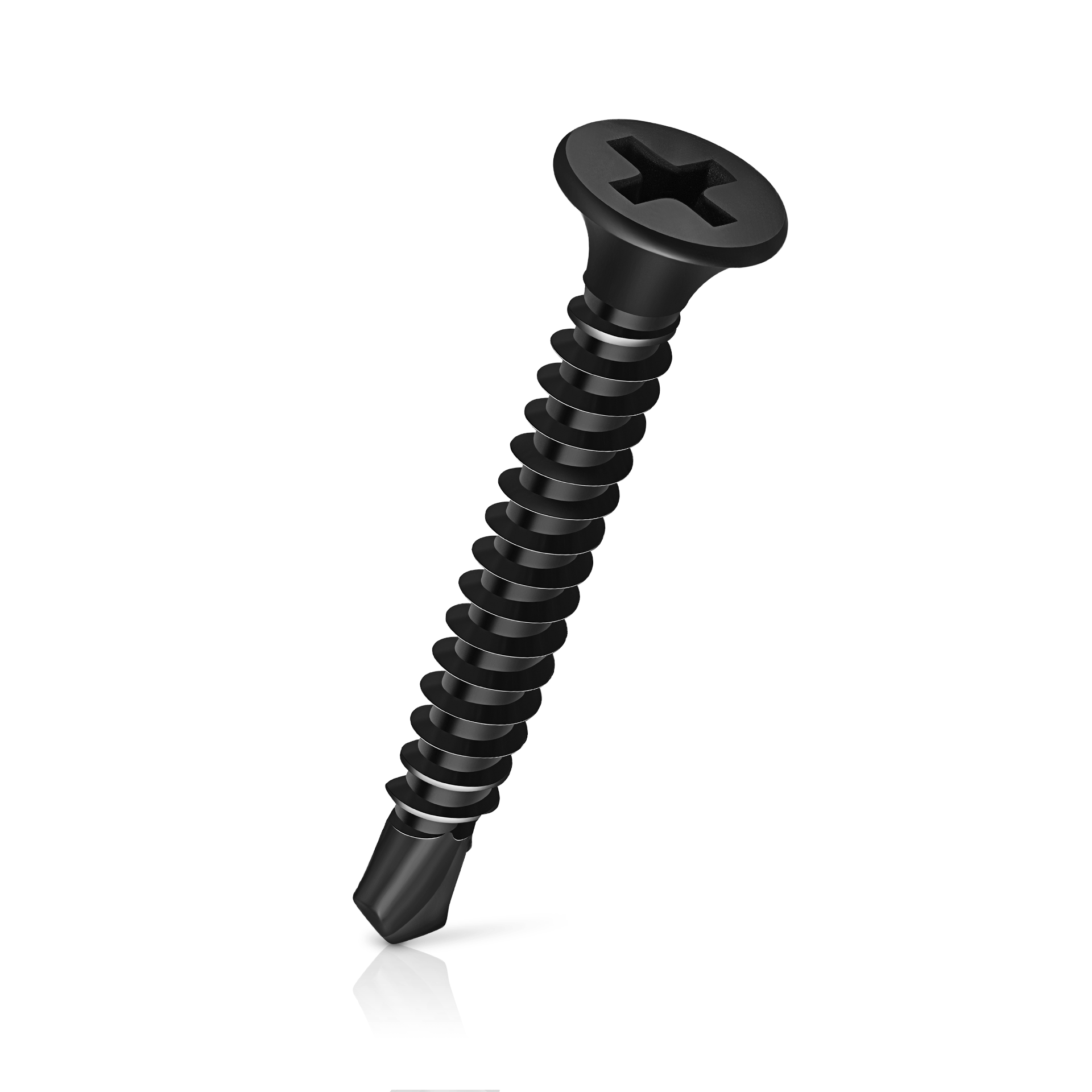Comparing Self-Tapping and Self-Drilling Screws for Various Applications and Uses
Understanding Self-Tapping and Self-Drilling Screws A Comprehensive Guide
In the world of construction and manufacturing, the choice of fastening solutions plays a critical role in the durability and strength of assemblies. Among the variety of fasteners available, self-tapping screws and self-drilling screws are widely recognized for their efficiency and effectiveness. While they might seem similar at first glance, there are significant differences that dictate their applications and functionalities.
What are Self-Tapping Screws?
Self-tapping screws are designed to create their own hole as they are driven into materials. They have a sharp tip that can penetrate substrates without the need for pre-drilling, making them a convenient option for many fastening applications. Self-tapping screws come in various designs, including those with pointed tips for softer materials and others with flat or blunt tips suited for harder materials.
The threading on a self-tapping screw is crucial—these screws often possess coarse threads that ensure a strong grip within the material. They work particularly well in softer substances such as wood, plastics, or thin metals. It's important to note that while self-tapping screws can tap their own threads, they are generally not as effective in extremely hard materials. In such cases, pre-drilling might still be necessary to ensure a secure fit.
What are Self-Drilling Screws?
Self-drilling screws take self-tapping technology a step further. These screws feature a drill bit-like tip that allows them to not only tap their own hole but also drill into the material simultaneously. This design greatly reduces installation time, as there is no need for a pilot hole. The drill point ensures that self-drilling screws can penetrate even harder materials, including steel and other tough substrates.
These screws are especially valued in applications involving metal-to-metal fastening
. The aggressive cutting edges and strong shank allow for effective drilling and securing of parts in one step, making them ideal for industries such as construction, automotive, and HVAC systems.Comparing Self-Tapping and Self-Drilling Screws
self tapping screw and self drilling screw

While both screw types share some performance characteristics, there are distinct differences that guide their use
1. Installation Method Self-tapping screws tap their own threads, while self-drilling screws can drill and tap in one motion. This makes self-drilling screws more time-efficient for harder materials.
2. Material Suitability Self-tapping screws are suitable for softer materials such as wood or plastic. In contrast, self-drilling screws excel in harder materials, making them perfect for applications that involve metal.
3. Tip Design The tips of self-tapping screws are sharp and suited for penetration, while self-drilling screws have a specialized drill bit tip that enhances their ability to cut through tougher substrates.
4. Application Usage Self-tapping screws are commonly used in general assembly and woodworking projects. On the other hand, self-drilling screws are favored in heavy-duty applications, such as structural metalwork or installations where speed and efficiency are paramount.
Conclusion
In summary, both self-tapping and self-drilling screws are valuable tools in the arsenal of construction and manufacturing. Understanding the differences between these two fasteners allows for informed decisions that enhance project quality and longevity. The choice between self-tapping and self-drilling screws ultimately depends on the specific materials being used and the requirements of the task at hand.
For laypersons tackling DIY projects or professionals in industrial applications, knowing when and how to use each type of screw can lead to significant improvements in assembly speed and structural integrity. Proper selection not only streamlines the assembly process but also ensures that the final product meets safety and durability standards. Whether securing wooden panels, fastening metal sheets, or undertaking complex structural projects, self-tapping and self-drilling screws remain indispensable resources in modern construction and manufacturing practices.
-
Top Choices for Plasterboard FixingNewsDec.26,2024
-
The Versatility of Specialty WashersNewsDec.26,2024
-
Secure Your ProjectsNewsDec.26,2024
-
Essential Screws for Chipboard Flooring ProjectsNewsDec.26,2024
-
Choosing the Right Drywall ScrewsNewsDec.26,2024
-
Black Phosphate Screws for Superior PerformanceNewsDec.26,2024
-
The Versatile Choice of Nylon Flat Washers for Your NeedsNewsDec.18,2024










